As the seasons turn, now is the best time to be thinking about what are the best plants for winter in your garden. From window boxes to hanging baskets, winter pansies to shrubs, we've found the best winter plants for your garden.
Your garden may be looking a little sad at the moment, your geraniums gone leggy and the sweet peas gone sour, but there's no need for your garden borders to go bare and dormant over the cold months.
There's still plenty of autumn plants and winter bedding plants that can flourish in these colder months, giving you a last glorious blast of colour.
Winter flowering plants
Pansies

The best time to plant winter pansies is from early September to mid-October. In these months your soil is still warm, meaning they'll grow and establish themselves quickly.
A gorgeous option for colourful borders, they'll flower for most of the winter, and may even carry on through to the spring.
Best time to plant: Early September to mid-October
How much water: 1 inch of water weekly apart from when rain has occurred.
Heather
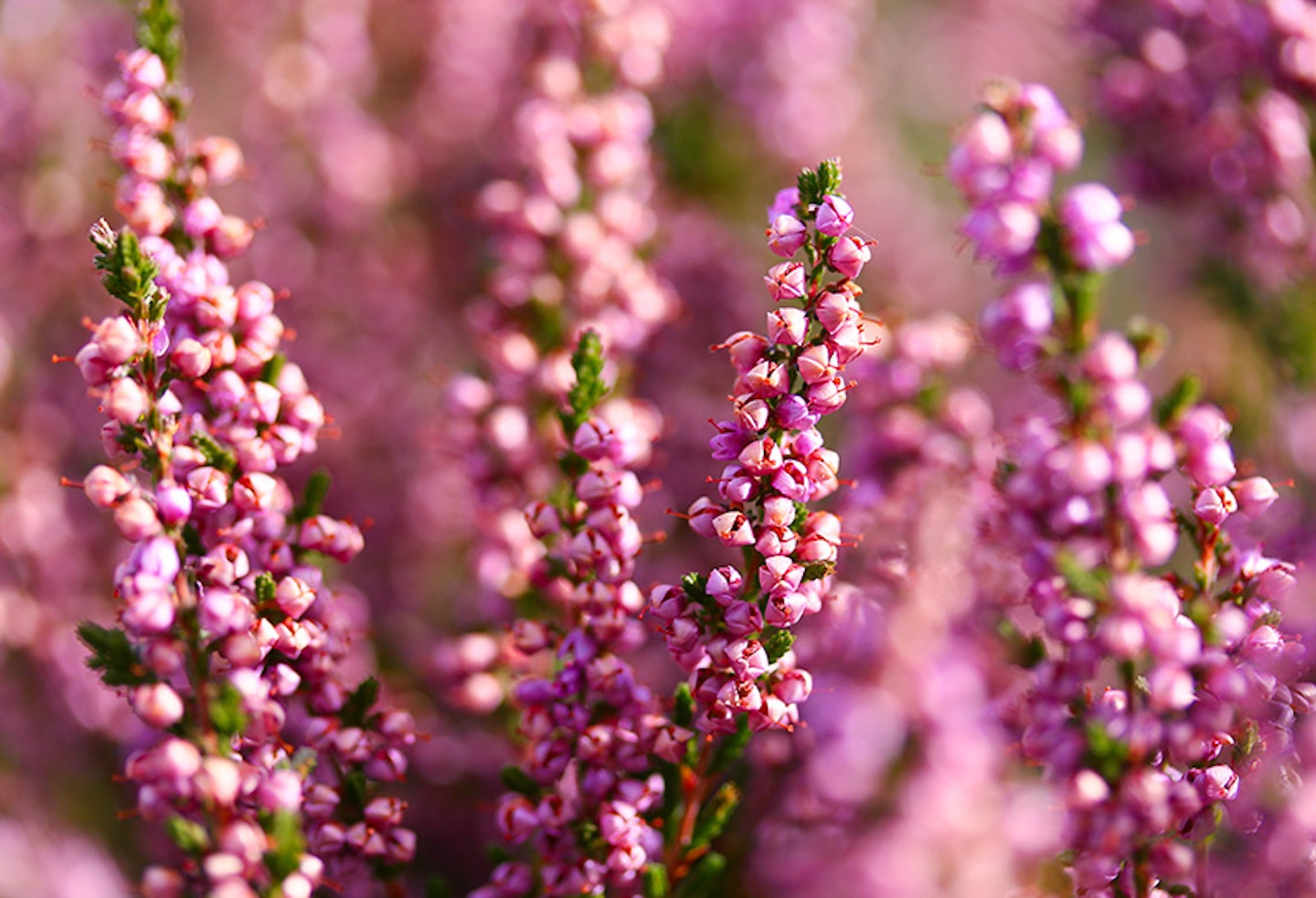
This low growing evergreen shrub makes a gorgeous addition to pots and winter baskets. With flowers ranging from pink and reds through to white and creams, as well as some lovely delicate trailing varieties, there's plenty to choose from.
Hardy and easy to care for, you'll also be doing the bees a favour - they love heather!
Best time to plant: Spring and Autumn.
How much water: Fortnightly for the first few months to keep the ground moist but not sodden.
Cyclamen
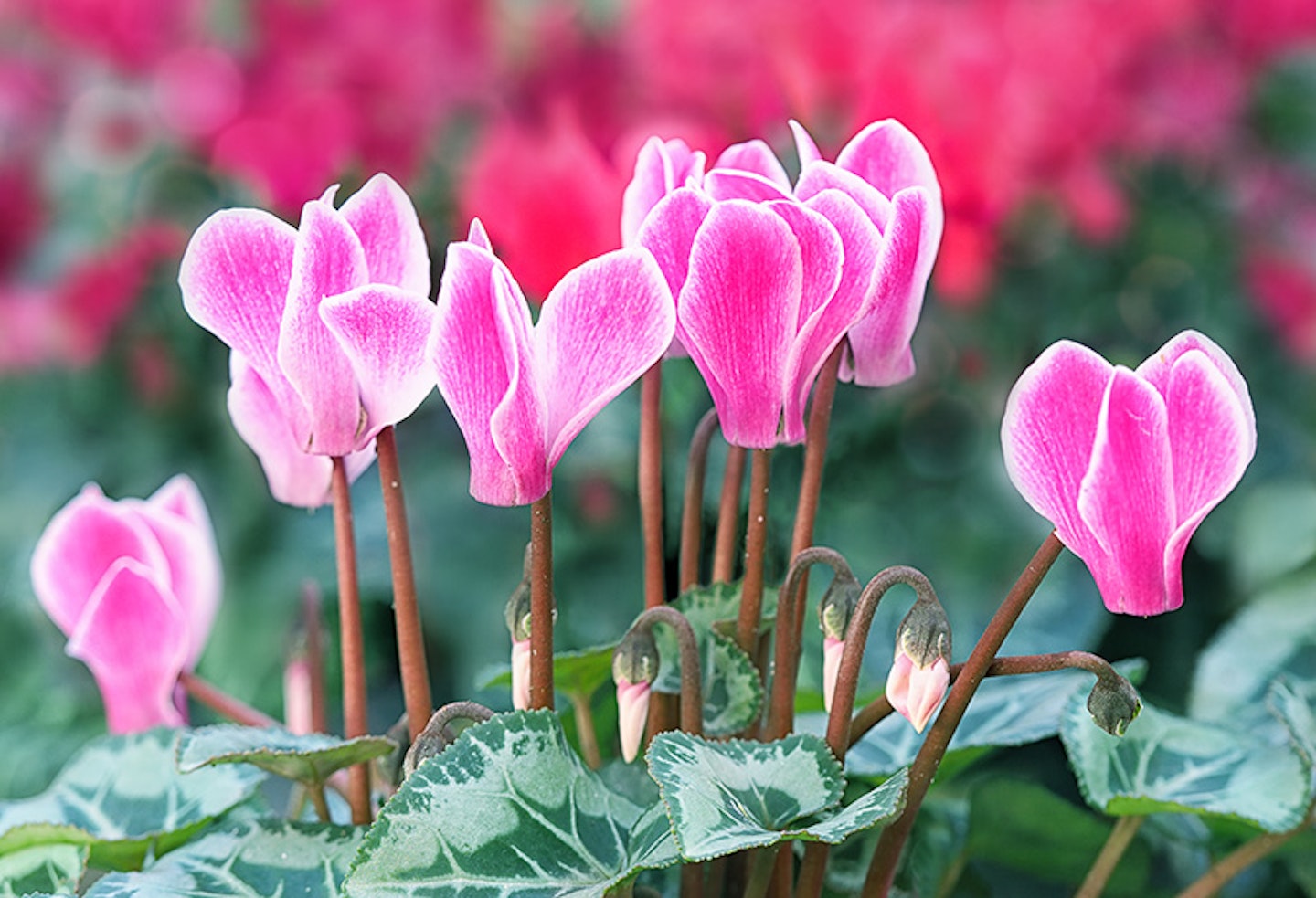
Look out for hardy cyclamen species. They don't need a lot of sun so are great for shady patches in your garden. Why not create a woodland plants area in your garden and combine with primrose and winter aconites.
Best time to plant: Autumn. Especially September.
How much water: Only when the soil is dry to the touch.
Hellebore (Christmas Rose)
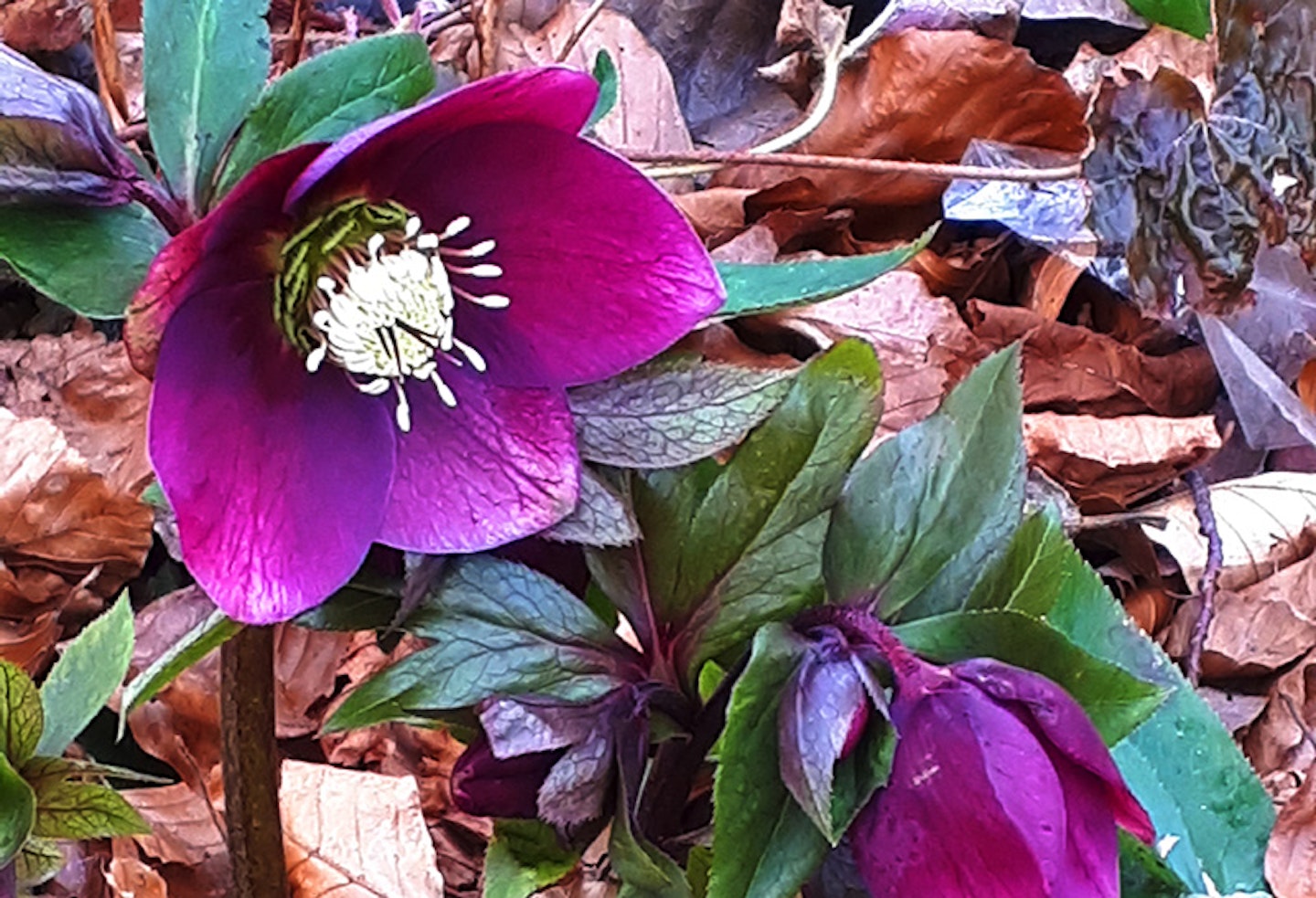
A personal favourite of mine, hellebores come in a wide range of colours – from snow white to almost black. Making lovely Christmas bedding plants, their attractive leaves add interest to the garden even when not in flower. Most at home in a shady spot, they're also very successful in large pots.
Best time to plant: From Autumn to Spring
How much water: Once a week. Soil should be damp at about 1 inch below the surface.
Violas
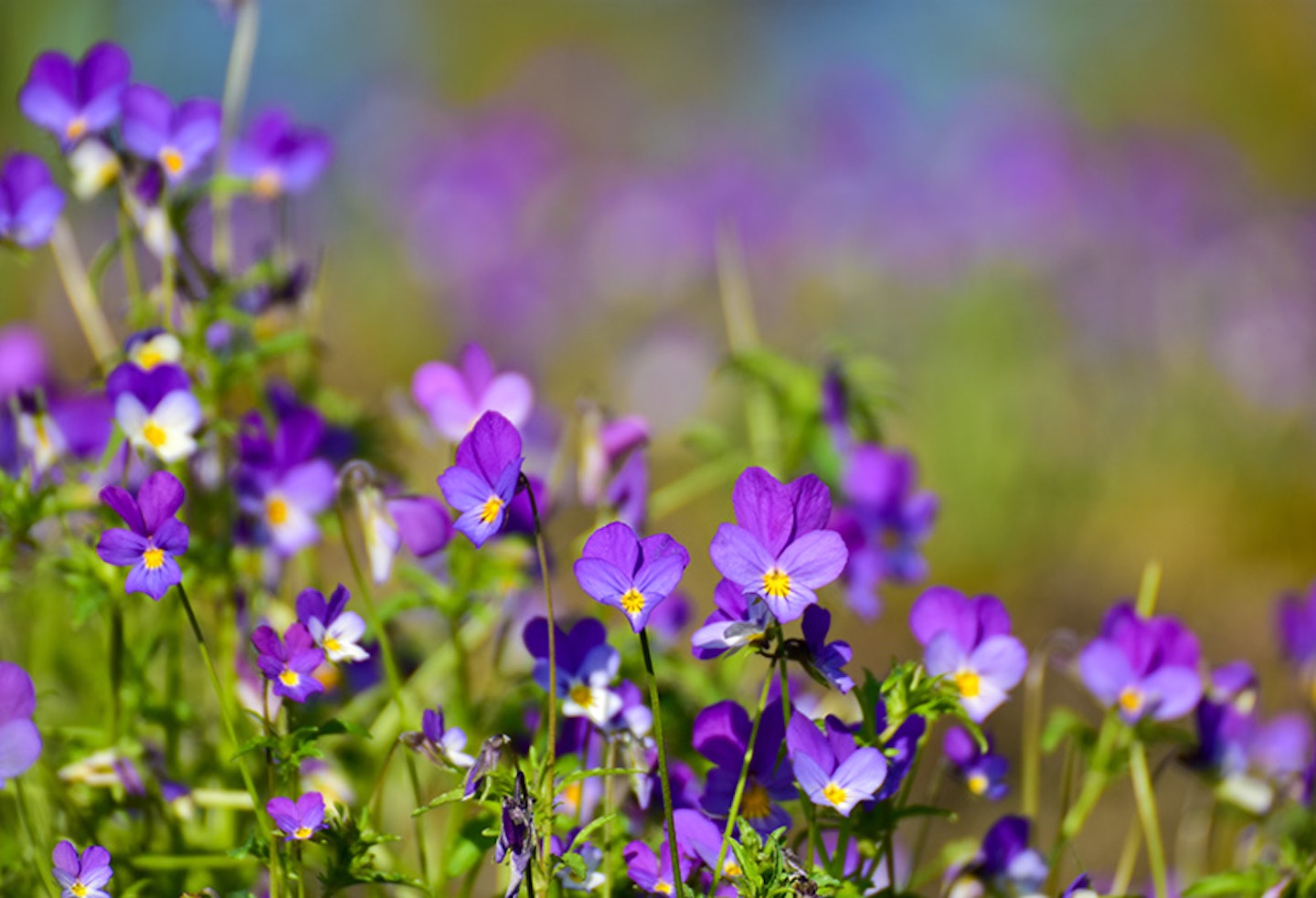
The little sister of the pansy, violas are a brilliant choice for winter colour. Available in purples, lilacs, pinks, blues and magentas, they produce loads of flowers and look beautiful in a hanging basket or pot.
Best time to plant: September or early October.
How much water: Daily if growing in pots. Water them during any long dry spells of weather in summer to prevent the soil drying out.
Primrose
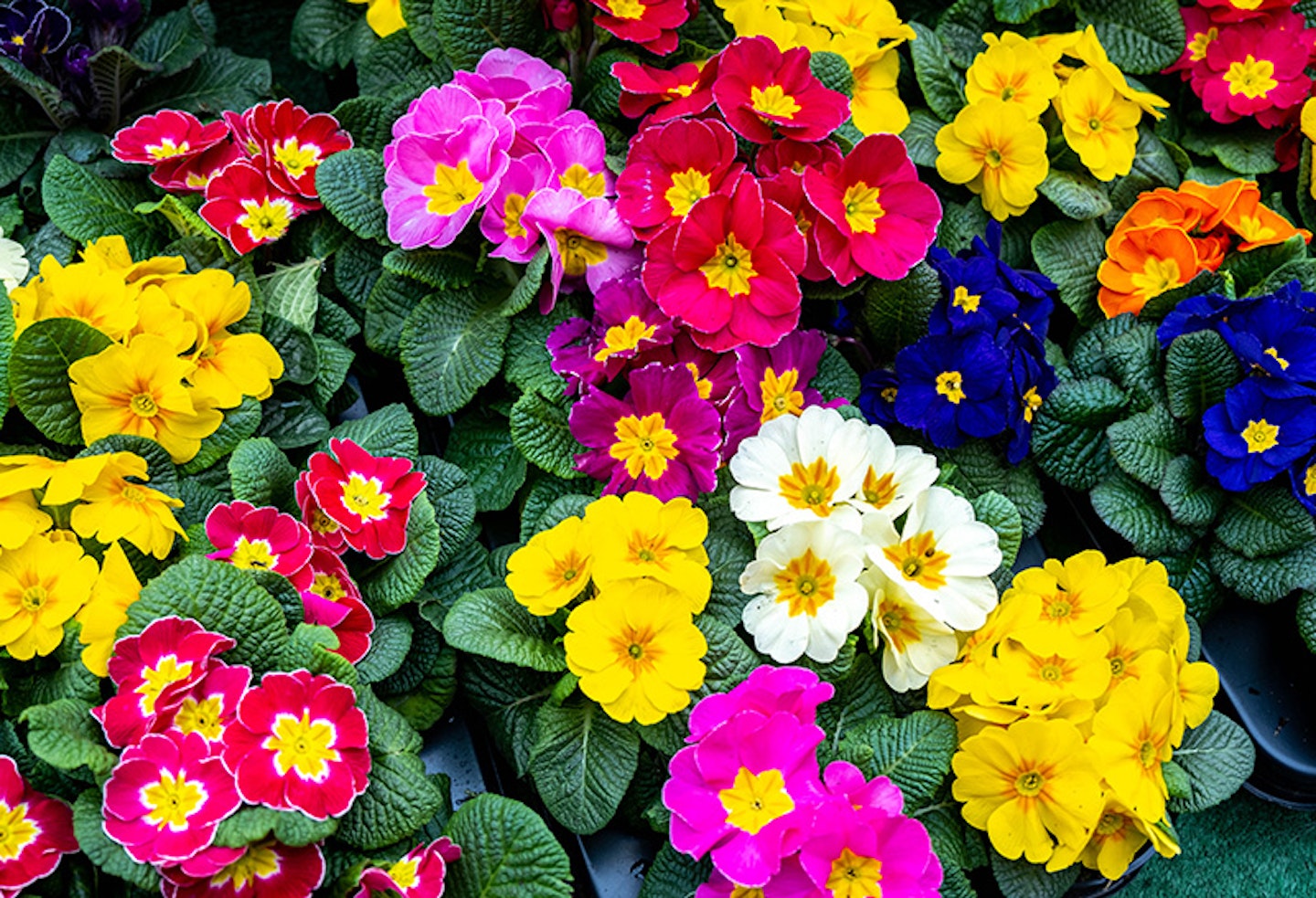
While you may think of primrose as a spring flower, hardy varieties start blooming from mid-winter onwards. They come in nearly every color, and can make your yard feel a bit sunnier when it's gray and miserable outside.
Best time to plant: September.
How much water: Water thoroughly after planting. Give your primroses thorough watering throughout the summer months and about once a week or more during periods of drought.
Wallflower
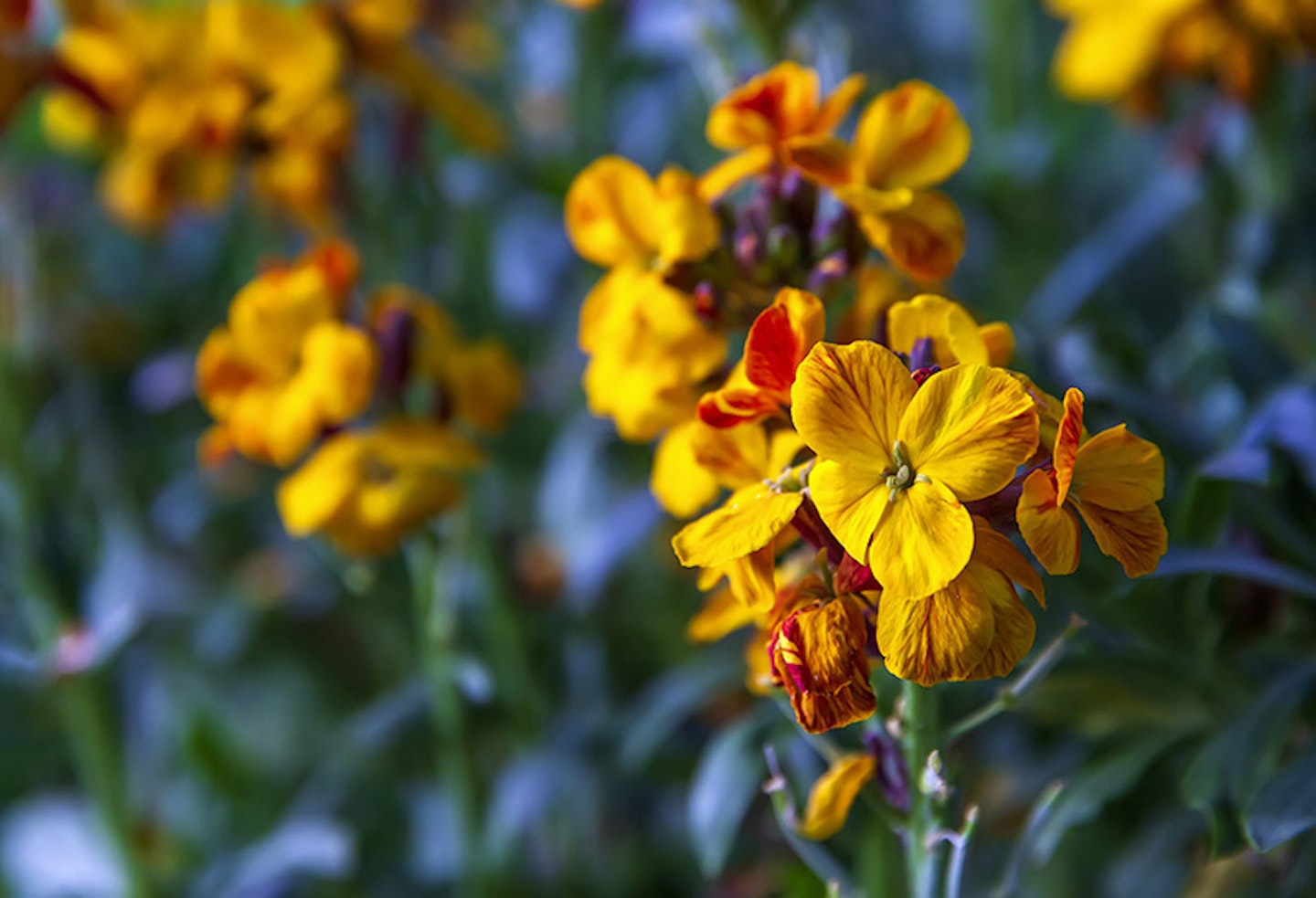
Again, when you say ‘wallflowers’, most people think of the spring flowering bedding variety. But there are also numerous short-lived perennial types that flower for several months in spring and summer, and even well into autumn. They'll need a sunny spot though, so avoid shaded areas of your garden.
Best time to plant: September or October.
How much water: 1 to 2 inches of water per week during periods of active growth in the second year of growth and beyond. During winter, water once a month.
Top tips for winter bedding plant success
•Plant out on bright frost free days.
•Water sparingly until the roots are established.
•Avoid over-watering containers – damp soil and chilly weather will encourage rot.
Winter shrubs to add colour
When thinking about adding interest to a winter garden, don't forget about the shrubs. There are some wonderful and colourful shrubs that will really add to your winter garden.
Colourful shrubs that can be planted in winter include:
Dogwood
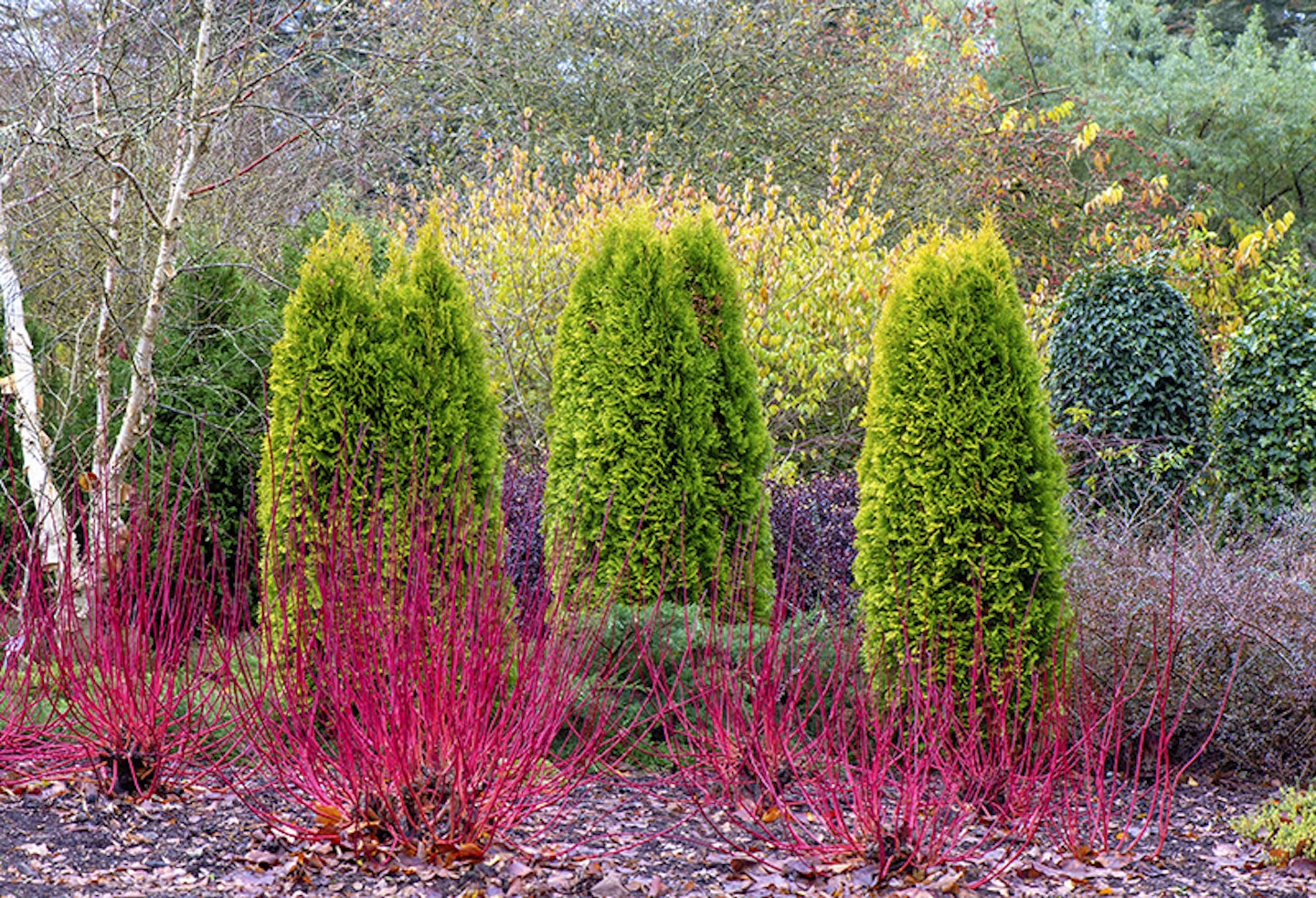
Ranging from striking red branches to bright yellow, even without foliage the dogwood is a winter stunner.
Best time to plant: Early Autumn or Spring.
How much water: 1 inch of water each week.
Callicarpa (Beauty berry)
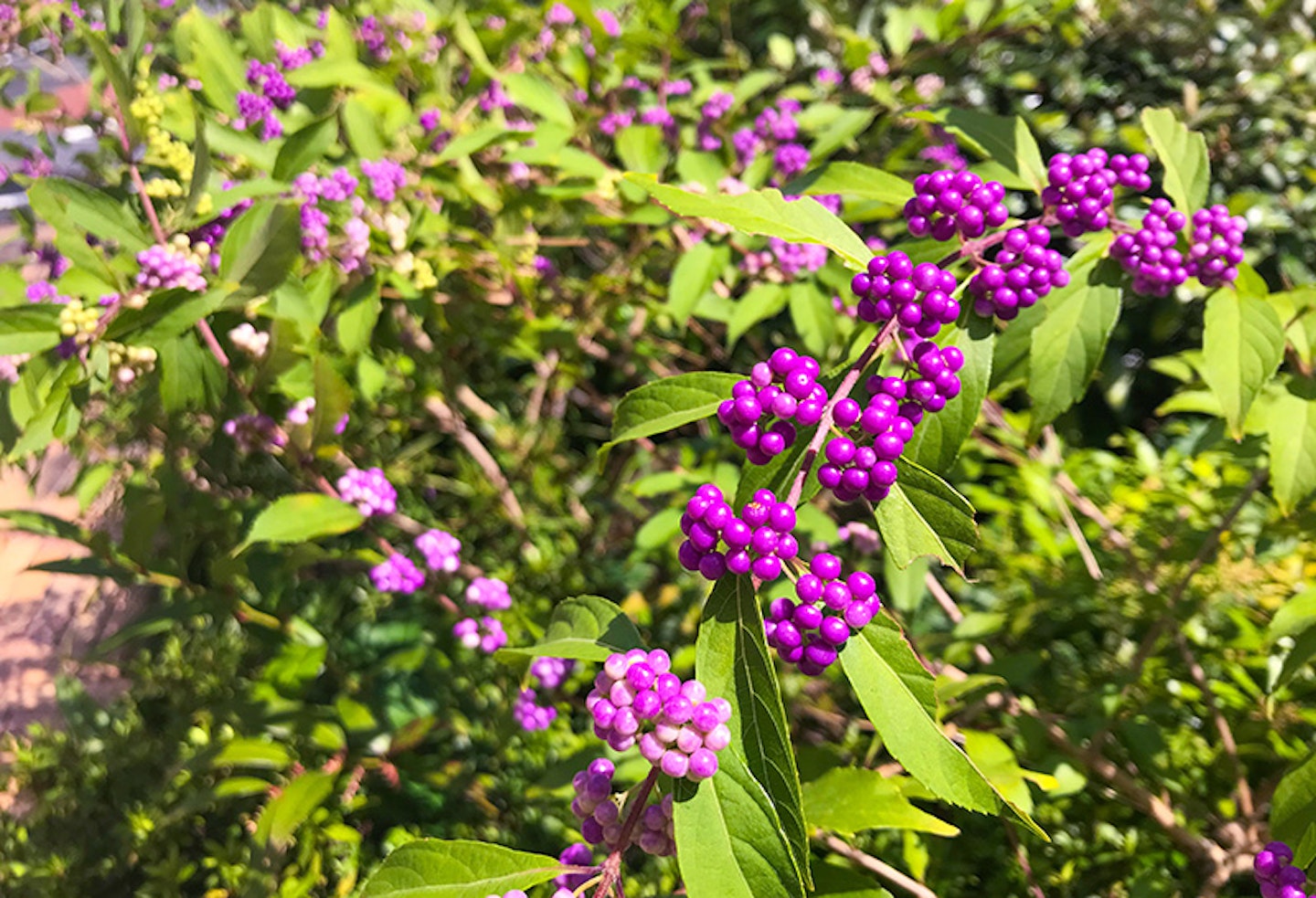
Bunches of purple berries give this shrub its name. It really comes into its own in autumn when its dark green foliage turns golden and red before falling.
Best time to plant: Spring or Autumn.
Pyracantha
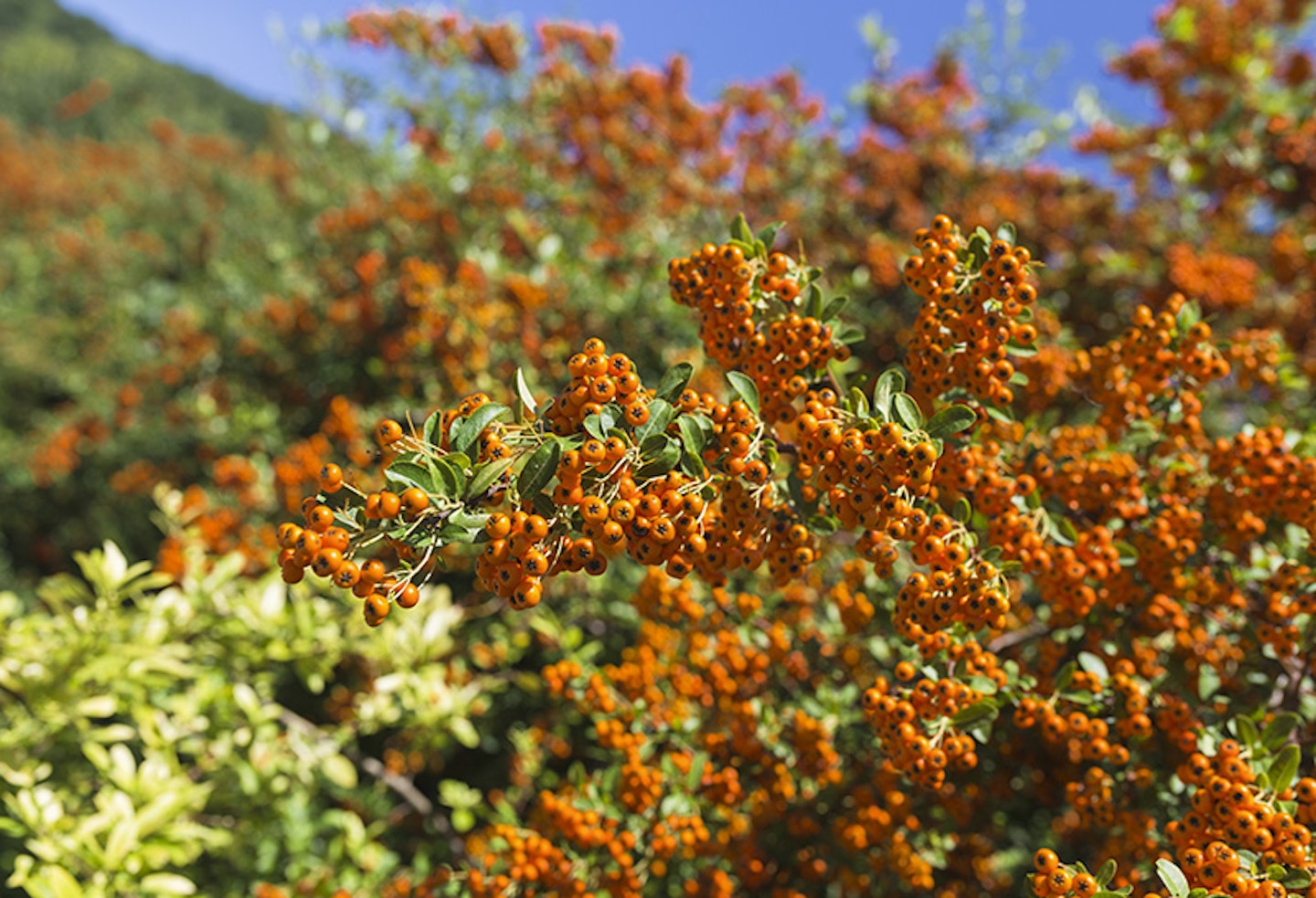
Also known as firethorns, these are thorny evergreen shrubs with abundant bright bunches of berries.
Best time to plant: Ideally Autumn or Winter.
How much water: Occasional deep watering from early Spring to late Autumn with 1 inch of water per week or more during hot, dry periods of weather.
Japanese Quince

This is a lovely oriental shrub that can be trained as a hedge or wall climber. They're among the first shrubs to bloom in late winter to early spring, although you will have a period of bare spiny branches, we think it's worth it for the gorgeously bright flowers that appear.
Best time to plant: Late autumn to early spring
How much water: 1 inch of water each week.
Viburnum
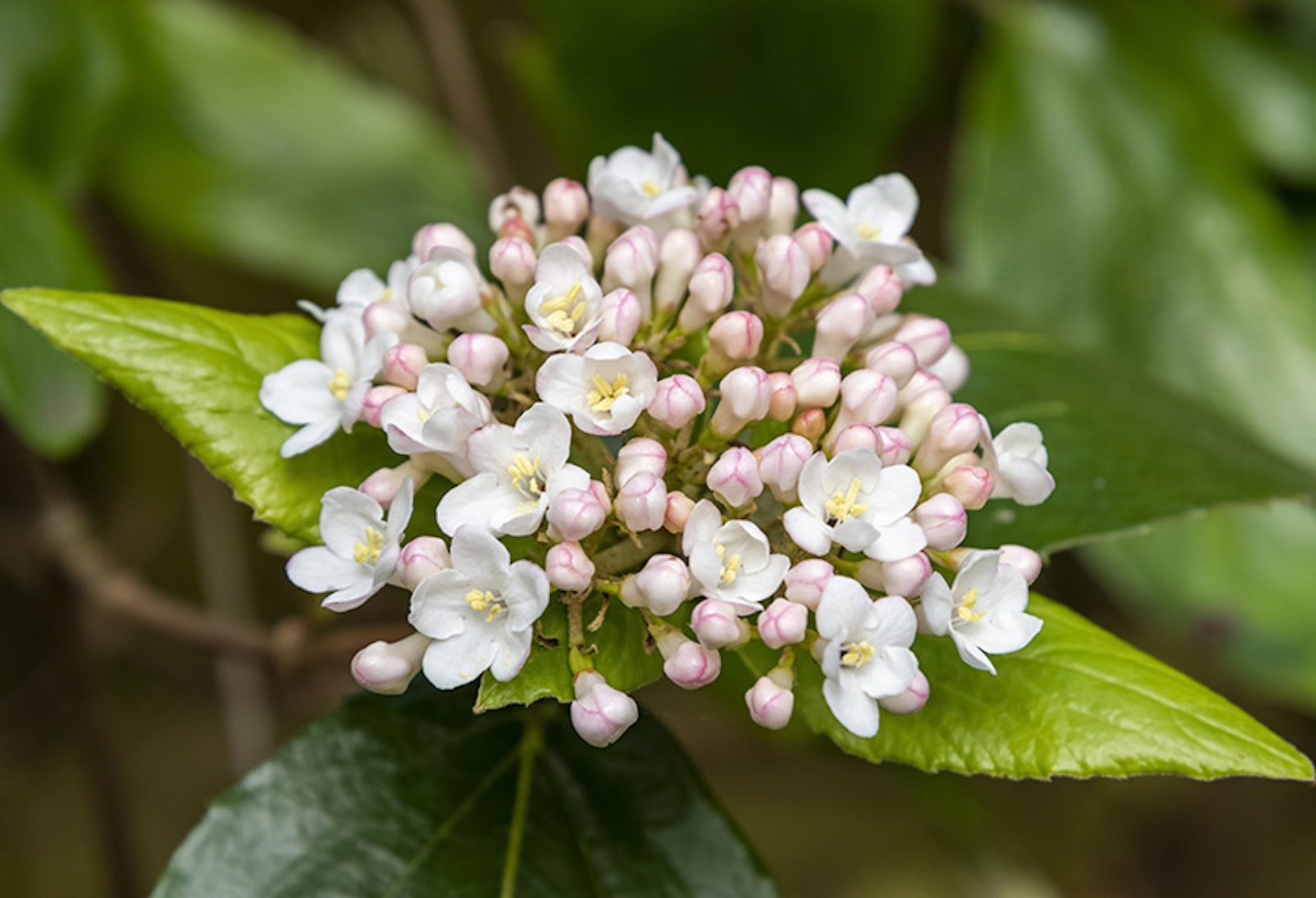
There's a huge choice when it comes to viburnum, all adding winter colour. Some varieties flower from November to March with pink buds opening to scented white flowers. Others offer up winter berries in pinks, purples and reds. A tough and dependable shrub that should be a part of any winter garden.
Best time to plant: Spring or Autumn.
How much water: Viburnums do not usually need watering except when they're first planted.
Witch Hazel
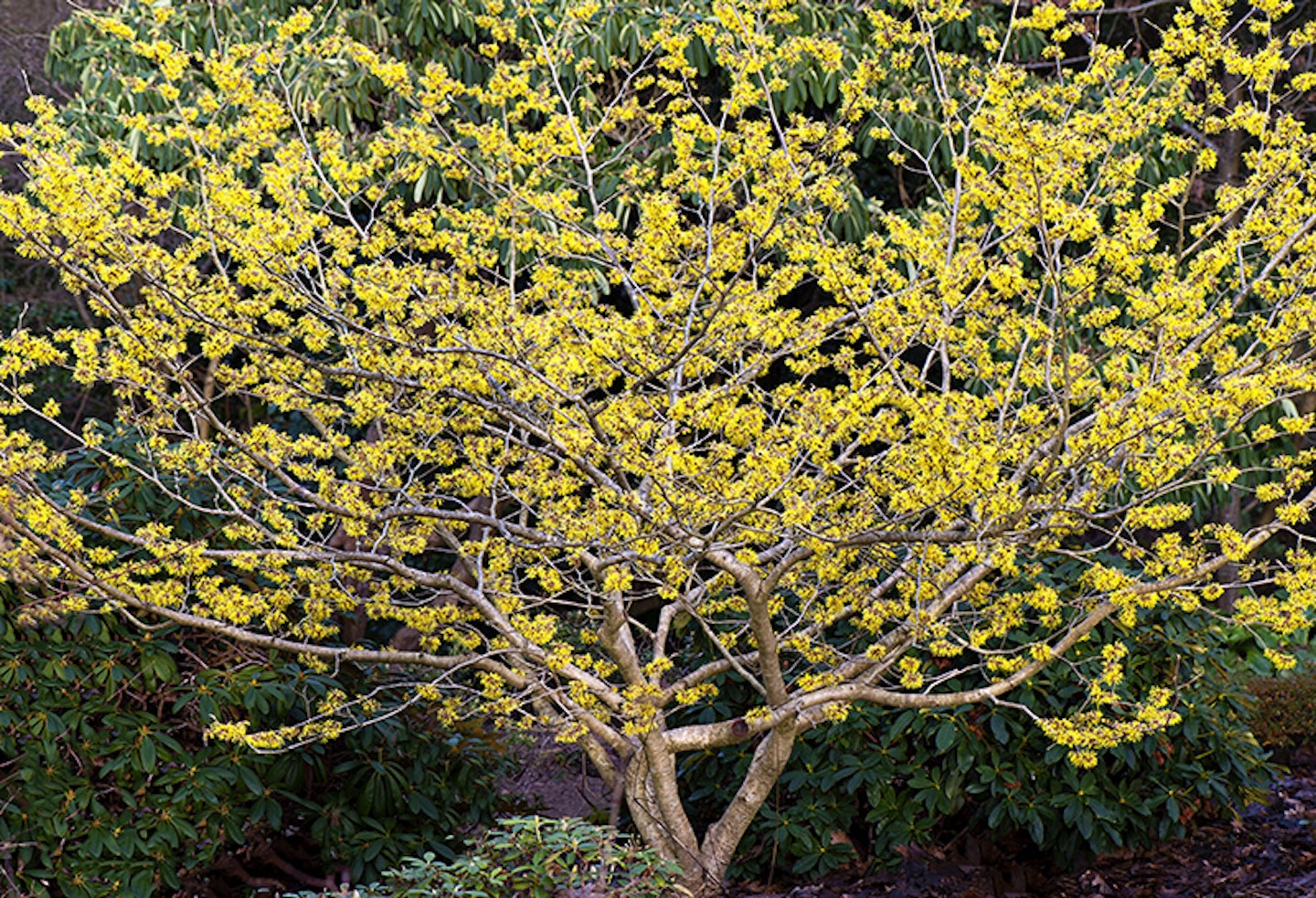
Witch hazel is grown for the wiry flowers it bears along the branches, in shades varying from red and copper, to yellow.
Best time to plant: Between October and April.
How much water: Water your young witch hazels regularly until they are fully established.
Winter Jasmine
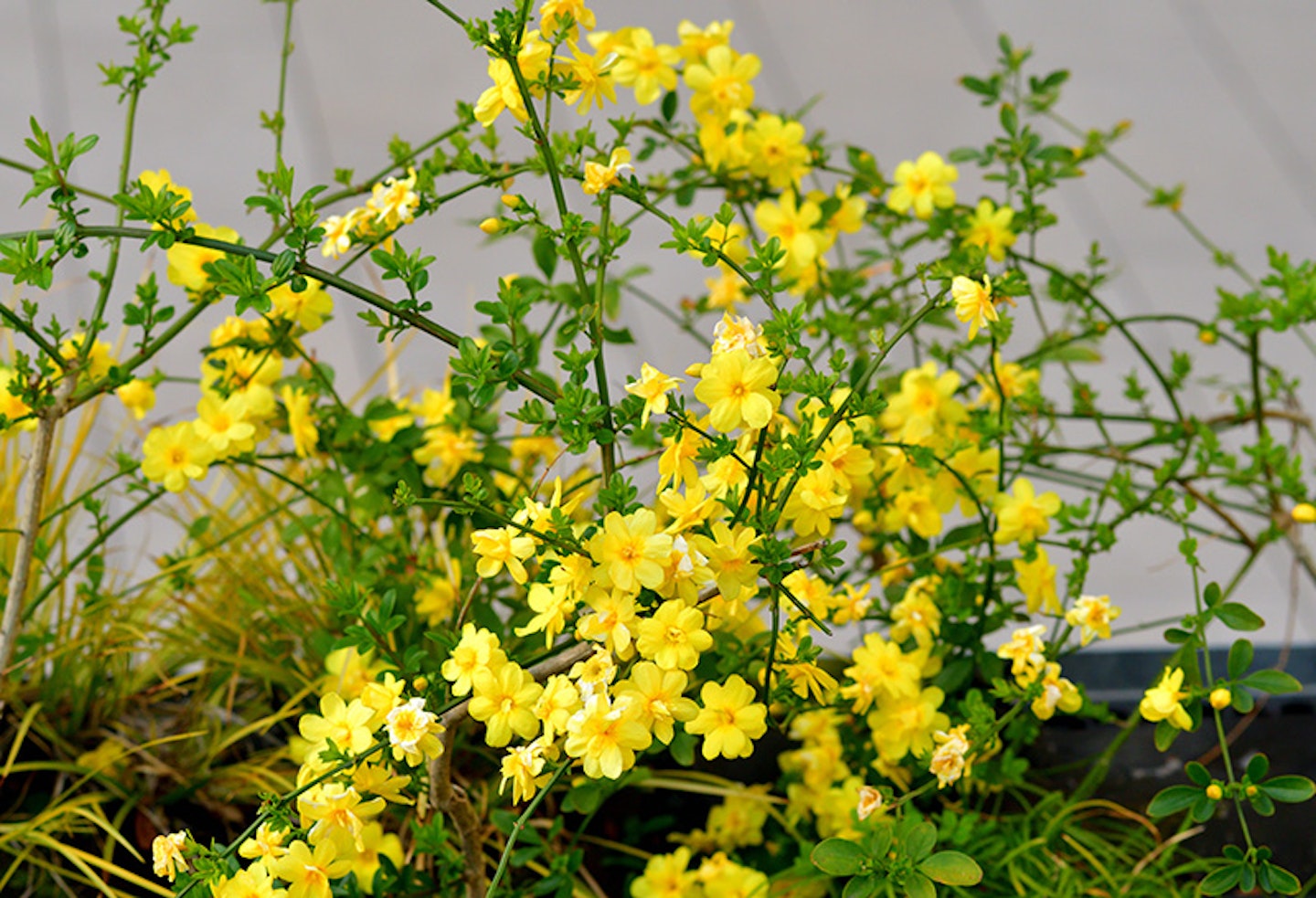
This has beautiful yellow star shaped flowers. It's easy to train with wires or trellis, making it perfect for archways or creeping over low walls.
Best time to plant: Spring.
How much water: Abundant watering 2 to 3 times a week.
Clematis

Look for evergreen varieties such as Cirrhosa, which has lovely creamy bell-shaped flowers speckled with pink along the petals.
Best time to plant: Spring or early- to mid-Autumn,
How much water: 1 inch of water weekly from rain or irrigation.
Can herbs like mint plants survive winter?

Hardy herbs such as mint, thyme, oregano, sage, and chives are very well adapted so will do well over winter. They will go dormant in the winter and may even look dead, but the root will remain, so don't give up on them – they'll come back with new growth in the spring.
Can you plant any vegetables in winter?
There are plenty ofvegetables that will happily grow through winter. Sow hardy winter vegetables such as sprouting broccoli, Brussels sprouts, kale, winter cabbage and leeks in late spring or early summer as they take several months to reach maturity. They stand well through frosty weather and can be harvested throughout the winter months.
Other edibles that you can plant in winter include garlic, onions, radishes, lettuce, peas, potatoes, chard, spinach, rhubarb, and other leafy greens such as bok choy. If you've already planted these yummy treats, then you can harvest them straight through winter.
Wondering when to plant winter squash? Although the name says 'winter', you should ideally sew the seeds in the spring or summer when the temperature is over 21 degrees Celsius. It should be ready to harvested in September to October time.
How to winter proof your plants
September and October tend to afford a last flurry of beautiful colour, and by November, we start preparing the garden for the next year. November still has its charms, but November/early December is the ideal time to really get things sorted, so you'll have a lovely wild garden for next year.
First, prepare your soil, which will have been leached dry of nutrients. Clear all your spent container plants and compost them and, with a small fork, dig over the remaining compost and reuse it for fresh plants – perhaps for a few winter-themed pots – try cyclamen and ivy for a classic combination. Just add a little general fertiliser to the old compost, a handful of fresh multi-purpose compost and it’ll be good as new. For beds, make sure they’re weeded, raked over, organic matter such as compost or manure is added, and existing plants have been mulched to keep roots warm.
Below, Huw Richards from Dobbies Garden Centres talks through the steps to prepare your raised beds for winter plants.
It’s also time to insulate vulnerable plants – unless you live in Cornwall or the south coast. Bubble-wrap the pots of more tender plants to reduce the chance of frost damage and use horticultural fleece on plants such as banana trees and figs whose branch tips often succumb to cold weather. Bring the most tender plants, like aloe veras, inside until spring.
If you want to add some hedging or trees, now’s the time. Essentially, the roots need a well-dug, fertile space, and new trees and shrubs always need watering in well.
This is also a good time to do more major garden jobs that are easier to do in low season, such as a pond, which will increase the diversity of your plants and garden wildlife. Don't forget that any equipment you use will need to go into garden storage to keep it safe and increase it's longevity.
As for yearly maintenance tasks, now you’ve (possibly) stopped mowing, give your mower a clean or, better still, get it serviced. Clean out your greenhouse with special detergent to prevent pests and disease spreading and use the same stuff to rinse out slimy water butts, too.
As well as some new colourful wintry pots of evergreens and seasonal blooms, tulips and lily bulbs can still be planted out now for a garden brimful of colour next year.
How to keep plants warm in water
It's important to keep your plants warm in winter to prevent heaving (which is when the roots become exposed after the soil freezes then thaws). Outdoor plants should be put into the greenhouse as they will be sheltered from frost, rain and wind, plus the glass panes will create warmth from the sun.
Don't overwater! In winter, you should water sparingly - any excess water could freeze. You can try covering your pots in bubble wrap to keep them insulated and for indoor plants, why not use heating pads or an indoor heater to keep them at a regular temperature?
Can you plant grains in winter?
When to plant winter rye - Winter rye is one of the hardiest cereal grains as it can withstand temperatures as low as -30! It should be planted between August to October and you should pull your forefinger and thumb down the stem, using a basket to collect it.
When to plant winter wheat - September to November is the optimal time to sow this type of wheat. It should then be ready by summer or early Autumn at the latest.
Stephanie Anthony is the Deputy Digital Editor of Yours.co.uk. Having worked across a variety of topics, from travel and food to pharmaceuticals, she also has a particular interest in mental health and wellness. She has a house full of pets with two dogs and two cats.
